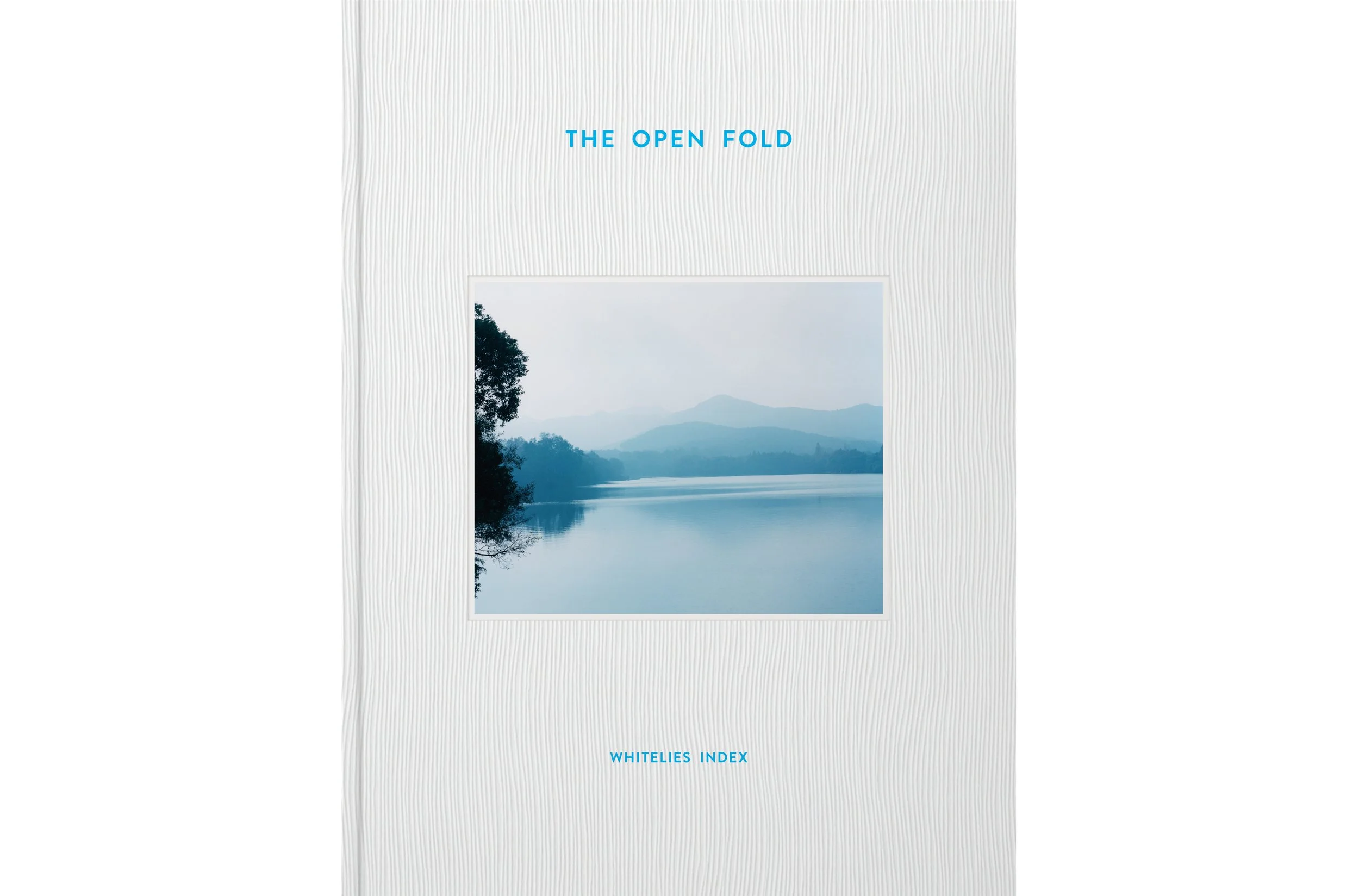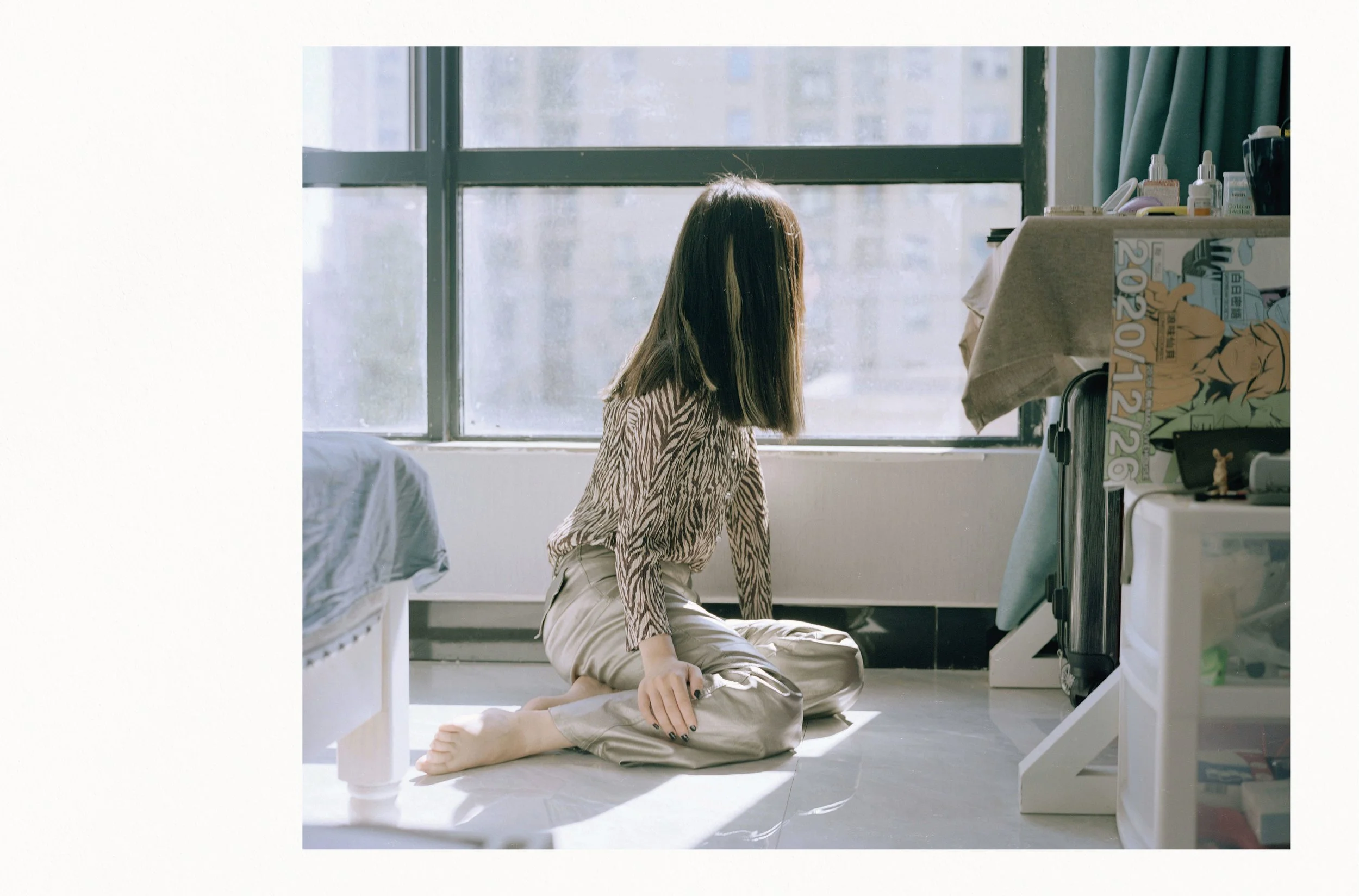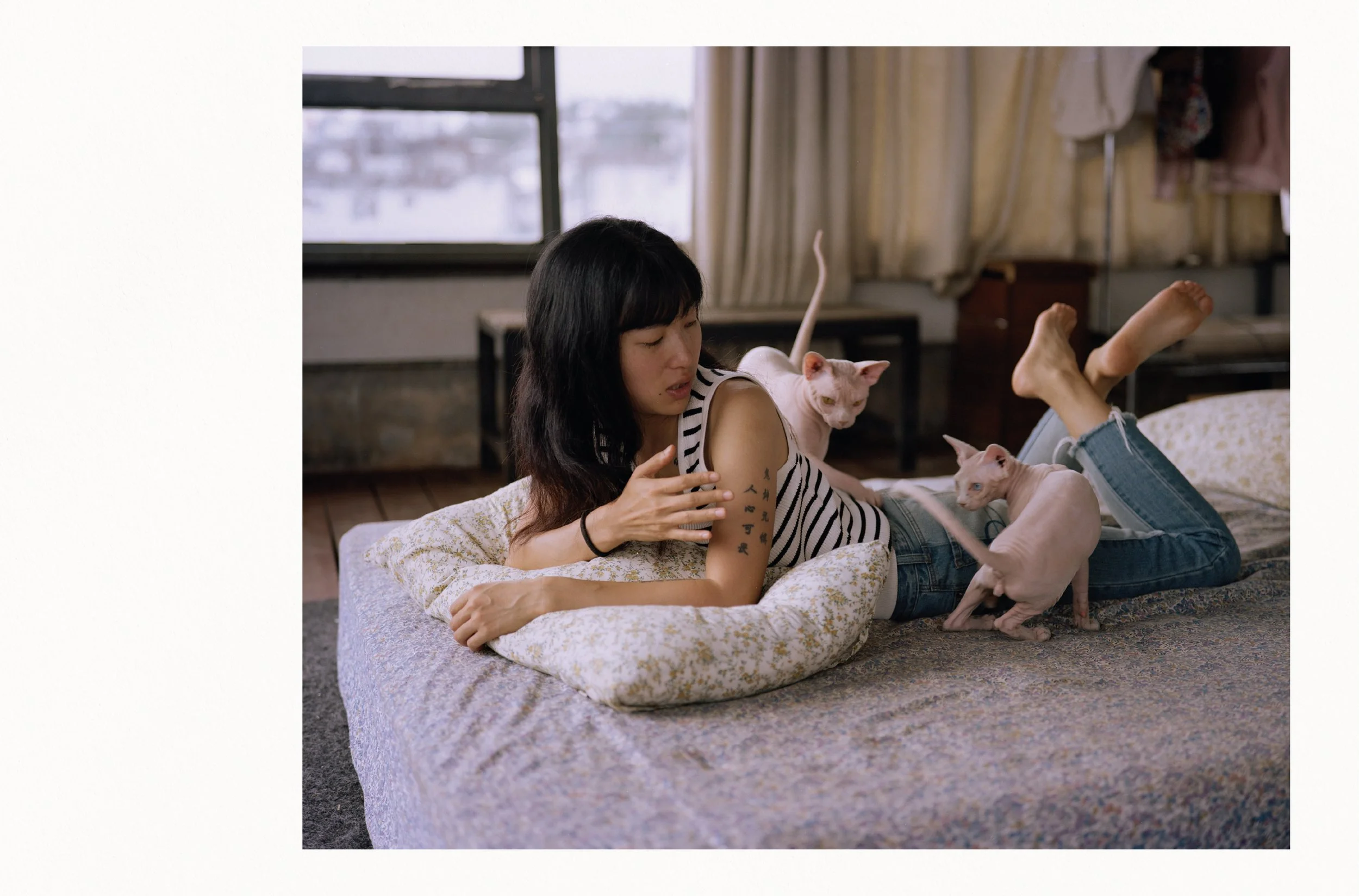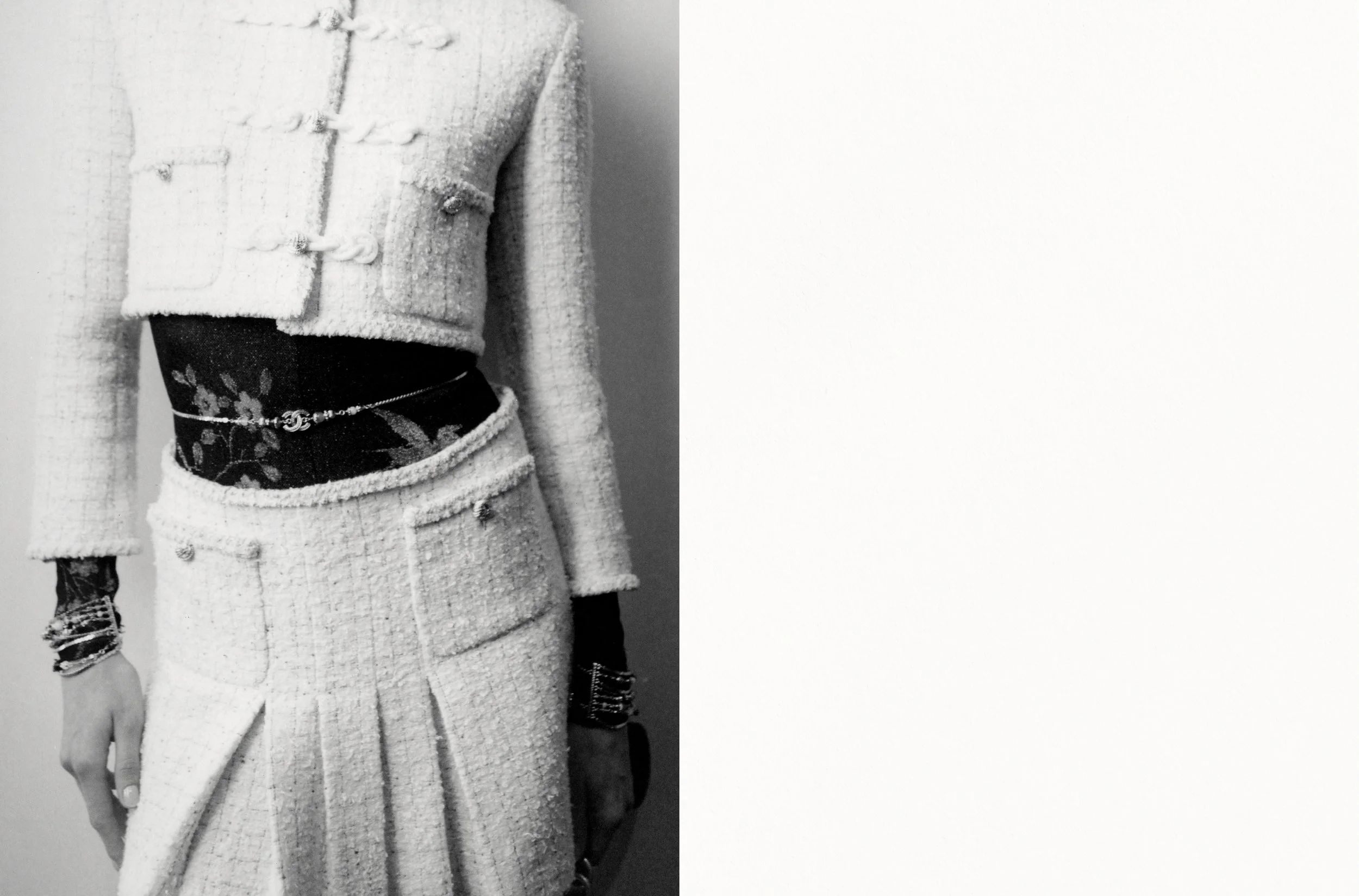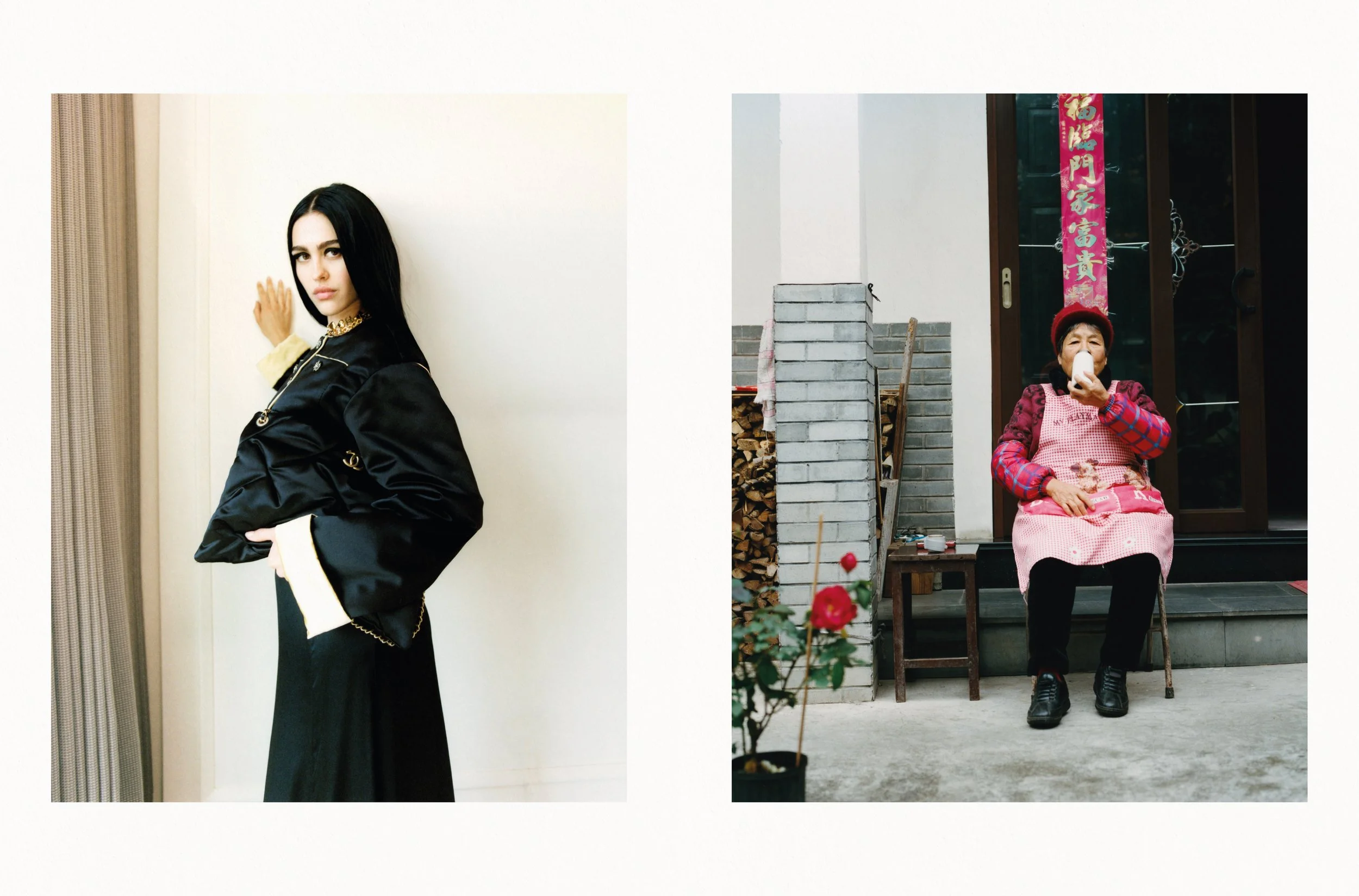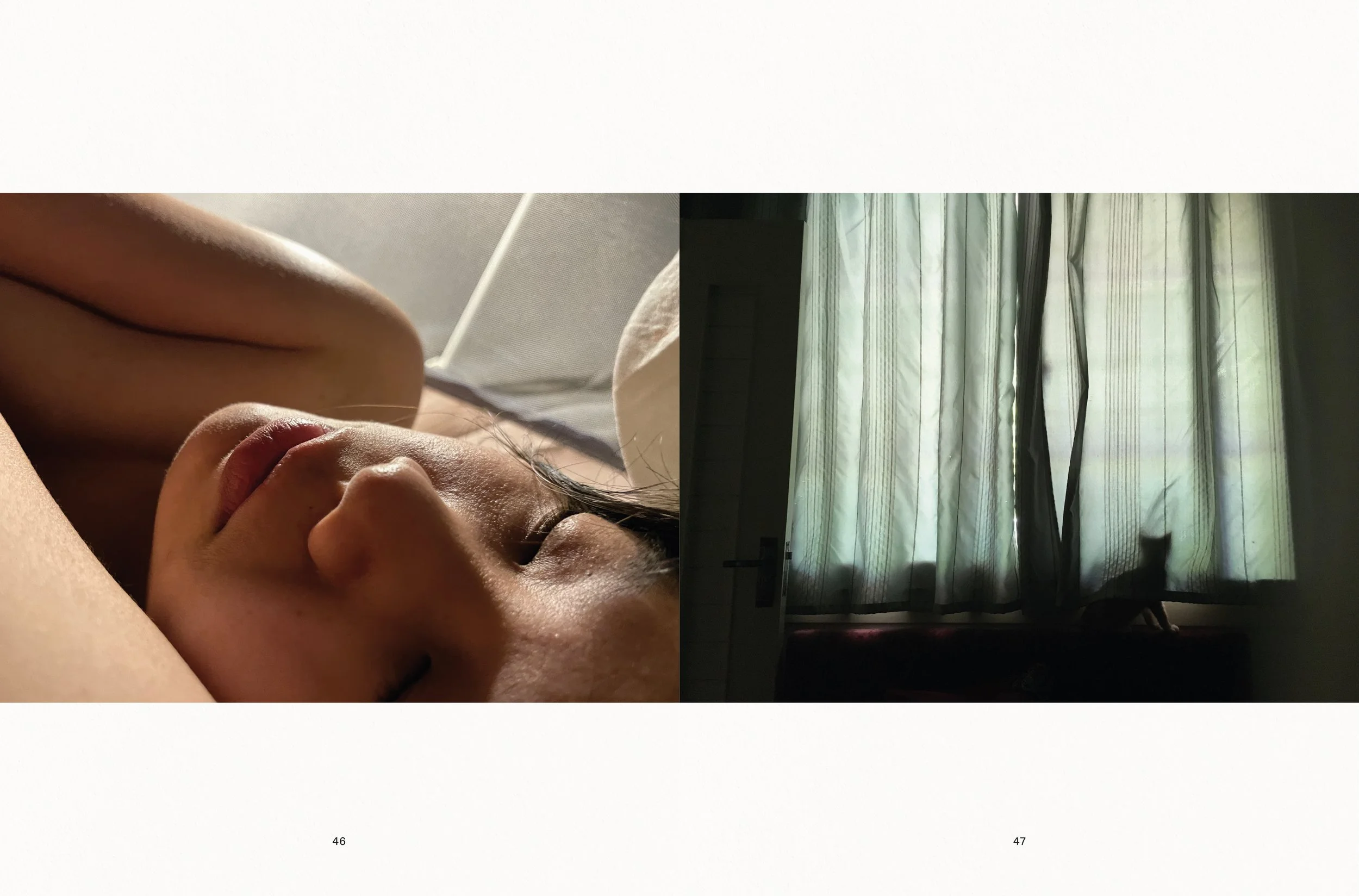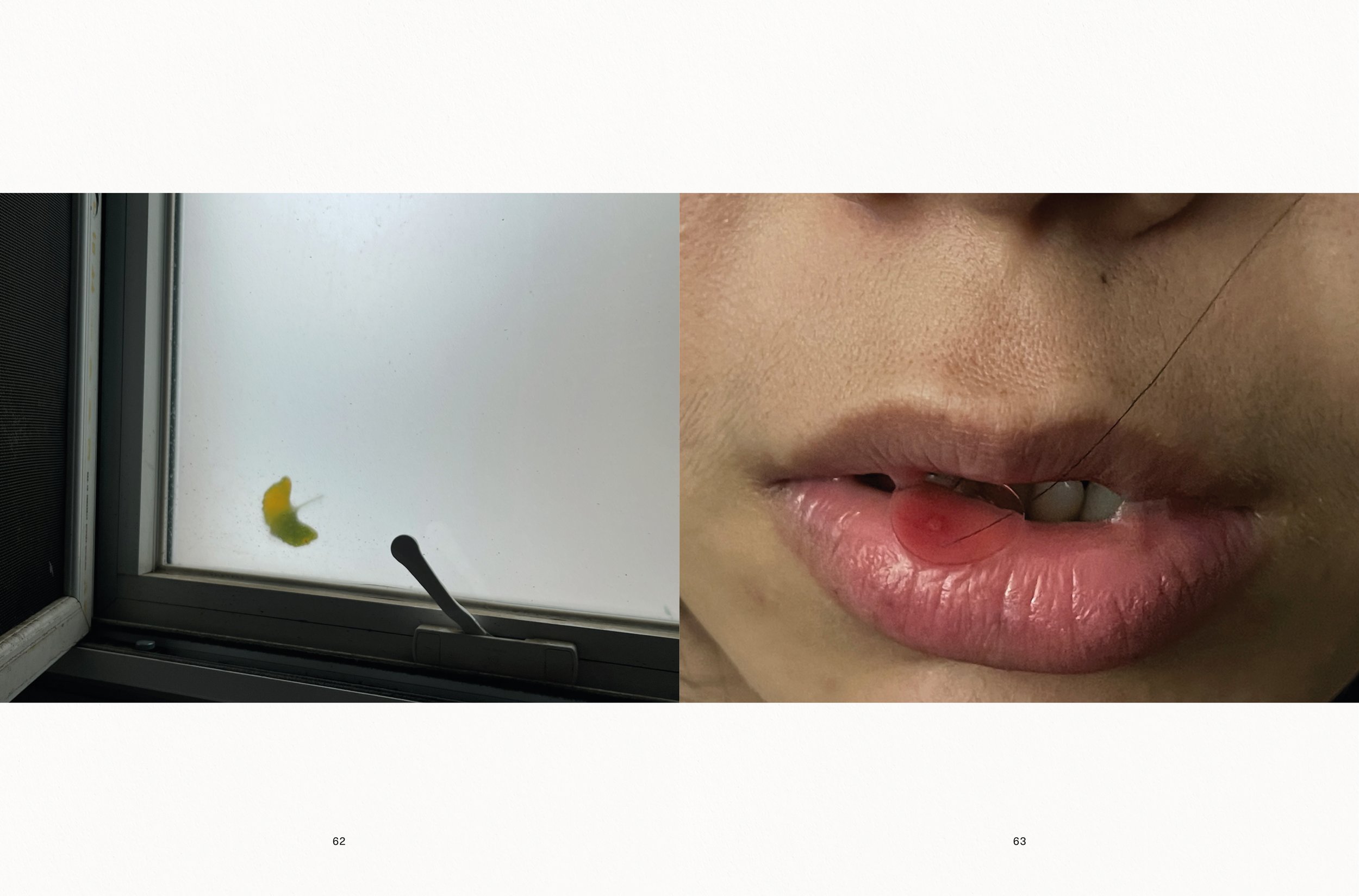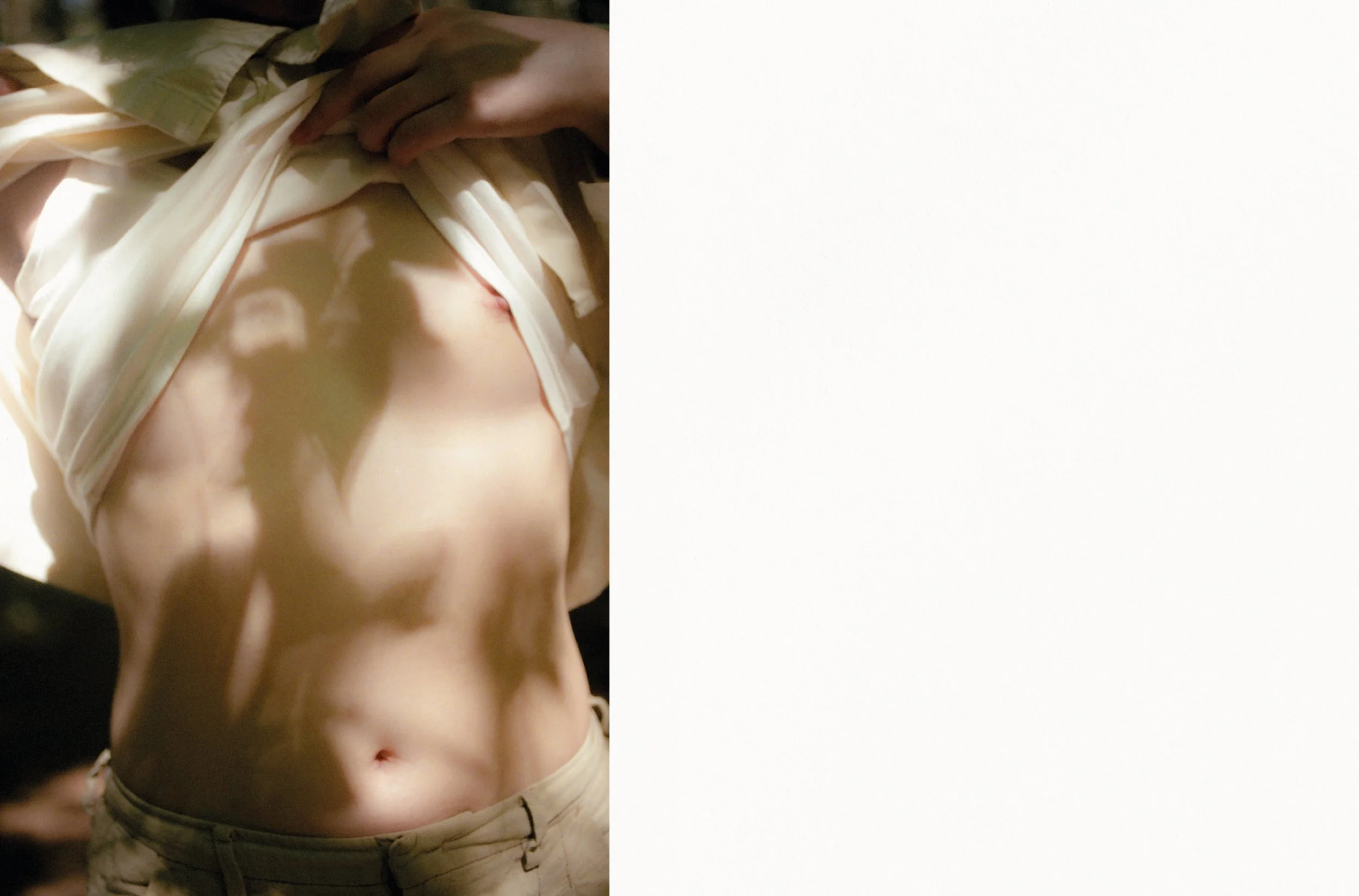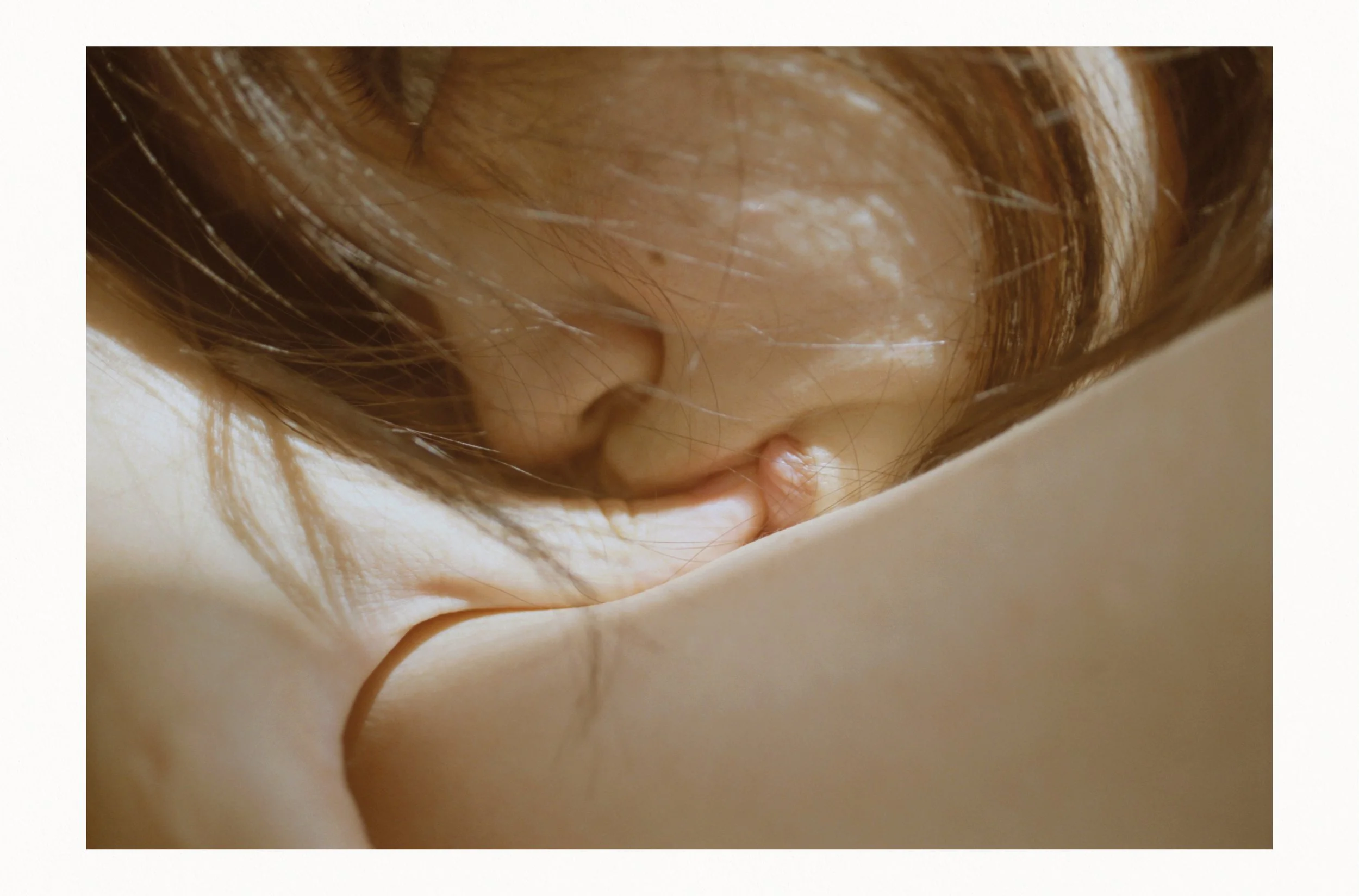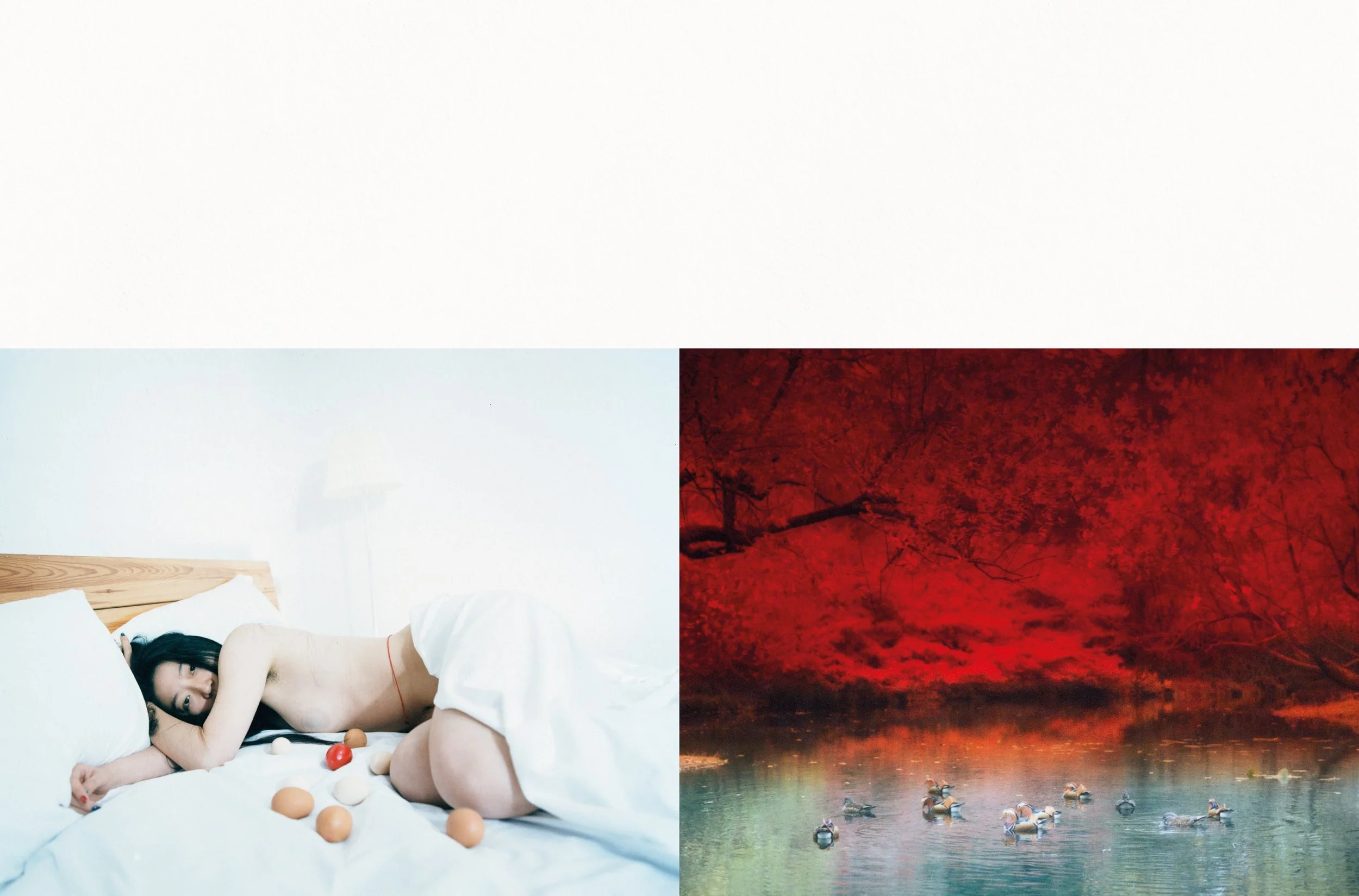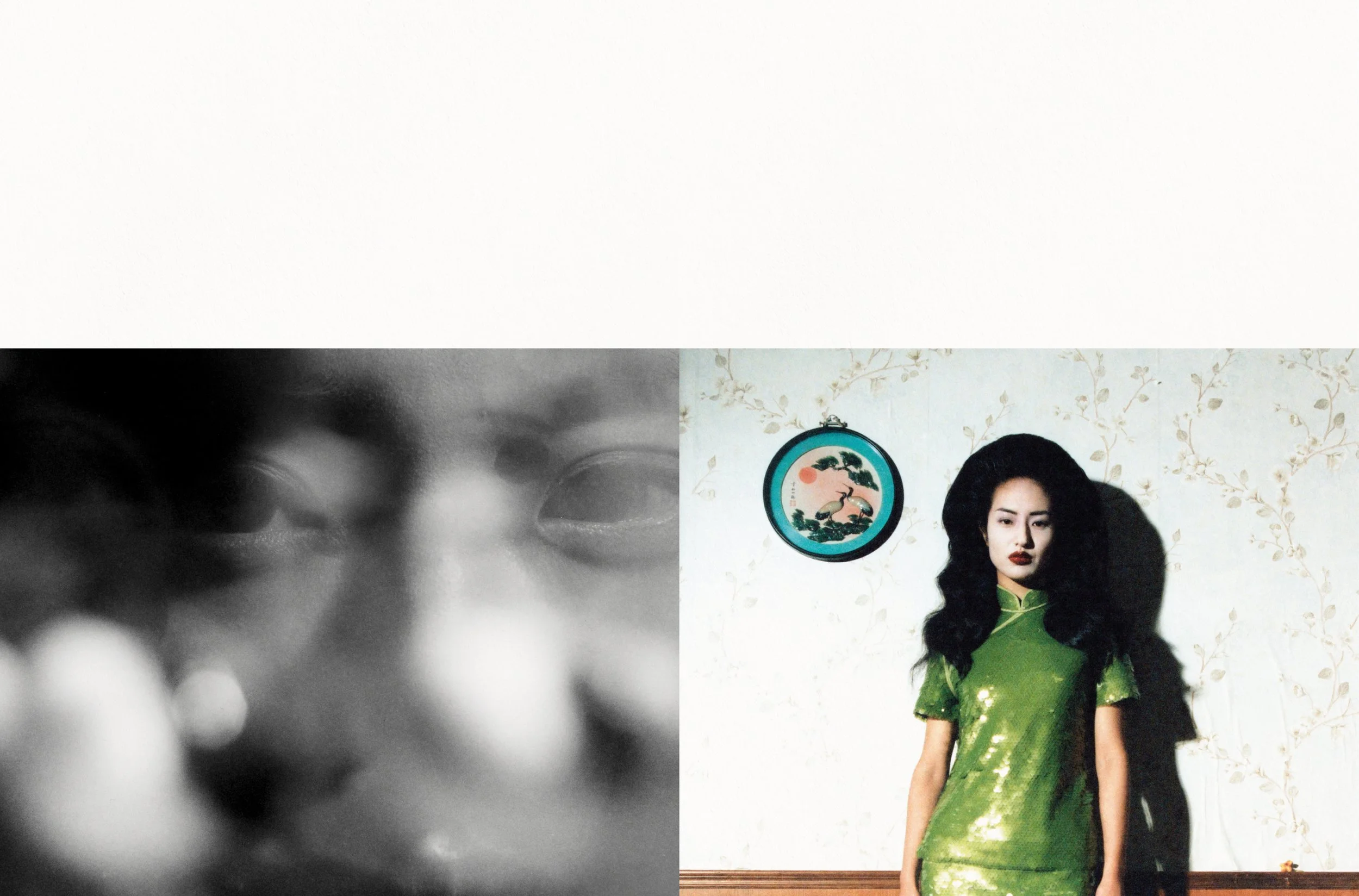#01 — THE OPEN FOLD
What unfolds in this first book publication of WHITELIES is a conversation with a place, about a place, and with the people shaped by it. At the heart of this dialogue stands the West Lake in Hangzhou—a city where tradition and modernity walk side by side. The CHANEL Métiers d’Art Show was staged here in December 2024—not merely as a runway event—but as a sensory and environmental composition. Beneath Hangzhou’s surface of high-speed rail lines and seamless connectivity lies a slower rhythm, one where culture has not only been preserved but continues to breathe. Like an Open Fold, this encounter reveals the surfaces we touch—creases as paths, impressions as memories—offering a shared space between exposure and reflection. This first edition of WHITELIES INDEX brings together four artists in a shared encounter with that rhythm, exploring how this landscape informs and transforms our practice.
For this publication, Stefan Dotter created two parallel bodies of work. One is a direct expression of what he saw and encountered in Hangzhou—its textures, its people, its fragile beauty. The second responds to what remained with him afterwards: the dream-state, the echoes, the subconscious traces of an environment that quietly continues to shape perception long after we’ve left it. Filmmaker and visual artist Zheng Lu Xinyuan shares her unique relationship to the city, while Li Hui invites us into her dreamlike world that was heavily shaped by Hangzhou. Ziyi Le bridges all our bodies of work with his tranquil and contemplative portraits spread throughout the publication. WHITELIES INDEX — THE OPEN FOLD is introduced with an essay by Elaine M.L. Tam.
As with everything WHITELIES has stood for as a magazine in the past, this first book publication under our new direction has a visual and cultural exchange at its heart—a multi-layered conversation between artists and landscapes, between the tangible and the invisible. Between reality and a dream.
On July 9th 2025 WHITELIES INDEX — THE OPEN FOLD was launched in partnership with CHANEL at La Librairie 7L in Paris.

